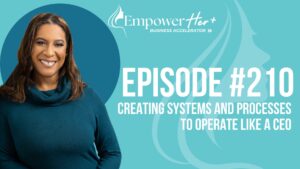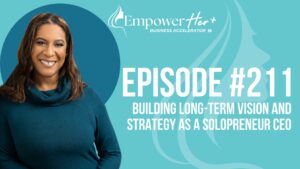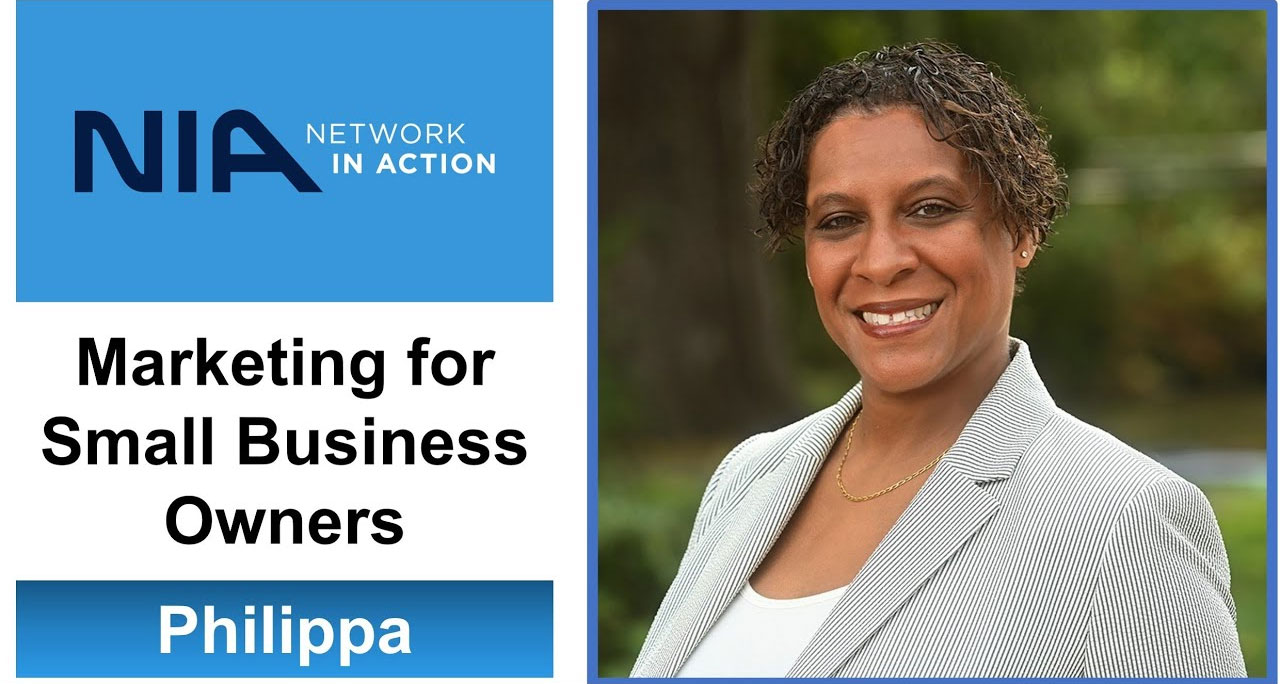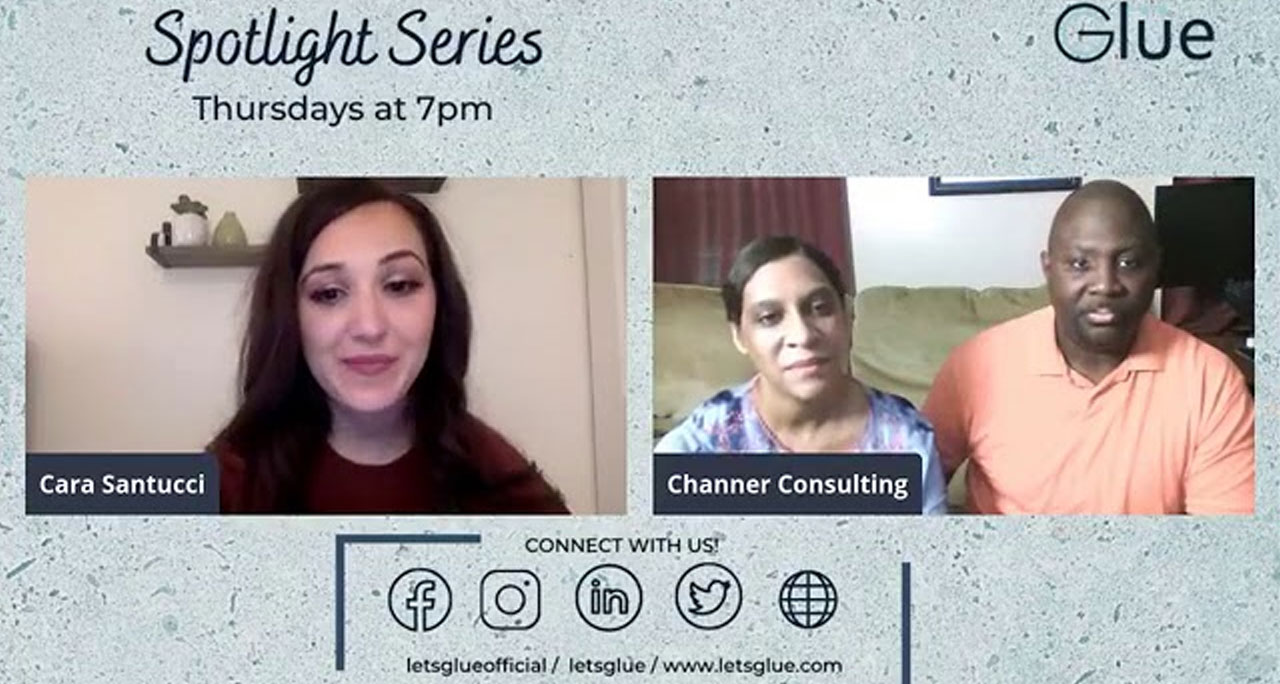Hey there, and welcome to the Marketing 101 for small business owners podcast. I am your host Philippa Channer and a content marketing strategist. I am passionate about helping small business owners develop a content strategy that educates their customers and encourages the sales they are looking for.
During the month of August, we will be spending our time learning about the power of Long-Term content planning and how to use it to set your business up for success. Today we are diving into what it takes to create a long-term content strategy.
Introduction: What is a Long-Term Content Strategy?
Let’s first start by reviewing what makes up a long-term content strategy. A long-term content strategy is a plan that outlines how you are going to produce content that will be relevant to your target market over the course of weeks, months, or even years.This is not the same as a content marketing strategy which might only be in place for a few months and focuses on generating more leads or increasing sales. A long-term content strategy focuses on building an audience and growing your following.A long-term content strategy also includes how you will measure success and what metrics you will use for success.
How to Create a Long-Term Content Strategy Plan To Dominate Your Target Audience
I think of a long-term content strategy as a business’s plan of action to generate the most valuable content possible. It is a guide on creating, publishing, distributing, and promoting your content to achieve specific goals.It has been said that “content is king.” This means that it is the most important part of any marketing campaign and should be treated as such. Today’s conversation aims to discuss creating a long-term content strategy plan for your business or organization.So let’s look at the four steps you need to take to start your long-term content strategy.
Step 1: Define Your Goals And Objectives For Your Long-Term Content Strategy
In the first step, we will define your goals and objectives for your long-term content strategy.First things first, let’s discuss the importance of defining goals and objectives. Just like anything you want to succeed at, content marketing is no different, you must know your objective, your end goal. When it comes to content marketing, there are several goals to aim for. While this list isn’t exclusive to all content marketing efforts, it is a great place to start. (source – https://storychief.io/blog/content-marketing-objectives-examples)
- Setup long-term lead generation. …
- Directly impact new customer revenue. …
- Gain and nurture email subscribers. …
- Improve customer retention. …
- Foster customer loyalty. …
- Build interest groups for retargeting. …
- Share customer results. …
- Increase brand authority.
Next, I am going to provide you with a template to help you create your own goals and objectives. In this template, you will have space to create a SMART goal based on your content marketing objective. This template is completely free and is designed to help set yourself up for your long-term content marketing strategy. It will serve as your point of destination and focus, which will direct your content marketing decisions and strategy.
Step 2: Determine the content formats that you are strongest in (video, blogs, or podcasts).
A huge part of any content marketing strategy is, well … the content. You have two main categories, short-form, and long-form content. Short form content is typically what you see on social media, quick 15-60 second videos, photographic colleagues, or short status update posts. The content strategies I speak about are centered around long-form content. I am talking about your blog posts, videos on YouTube (not the shorts but the longer videos), or podcasts. Each of these three major forms of long-form content is great to choose from; honestly, no one method is better or more effective than the other. While many people really enjoy learning by watching videos, you still have a large portion of the community that equally learns just as well by reading or listening to content. Let’s explore each one quickly individually. Video: Videos are a great way to communicate your message and are easy to share with your audience. And they are a great way for your community to really know you and your personality and connect with you better. Blogs: Blogs can be a great way to communicate your message, and they don’t require as much time and effort as videos. You can still deliver your message in a way that your audience can get to know and feel who you are and your personality. Podcasts: Podcasts are a great way to reach an audience that doesn’t have the same time constraints as those who watch videos or read blogs. And podcasts are the easiest form of content for your audience to consume, as they don’t have to look at a screen to get the message or stop reading. Podcast messages can be consumed in the car, doing the dishes, going on a jog, you name it.
Step 3: Determine Your Ideal Frequency and how often you will post new content
Finding the right posting frequency for your long-term content strategy can be intimidating. There’s a lot to consider, such as how often your audience checks social media, their attention span, and what type of content you’re posting. As busy entrepreneurs, you also have your own workload and capacity to consider. Not everyone has the luxury of having a marketing team on hand to create content for you while you run and manage the business. Several small businesses have little to no staff, all of which are wearing several hats already. So finding a content frequency that is manageable for the business is key. Trying to create too much content and stressing yourself or your team out will result in poor content. Right now, for my brand, I am working on creating one piece of main content a week, and that is batched content. Meaning I come up with a monthly theme and prepare all the content for the month ahead of time and schedule it out so I am not creating content each and every week and can focus more time on my clients and day-to-day business operations. Again the key is to find the frequency that is right for you, your audience, and their attention span.
Step 4: Create your distribution process for sharing your long-term content
The last step in creating a long-term content strategy is finding your content’s distribution process. A distribution plan is a set of instructions that tells the creator how to share their content. It is important to create a distribution plan because it helps you to share your content with the right people at the right time.There are many different ways that you can distribute your content, including:
- Sharing on social media
- Emailing it
- Publishing it on a blog
- Sending it to influencers
- Creating a video
- Writing an article for publication
- Encourage customers and employees to share it
The important point here is that, without distribution, your content just sits there. It’s like throwing a party, decorating, cooking, and then not sending any invitations but still hoping just in case someone passes by and comes to see the party. Distribution is your way to ensure your audience knows that the content has been created and how they will benefit from it.
Okay there you have it, the four steps to developing a long-term content strategy.
Step 1: Define Your Goals And Objectives For Your Long-Term Content Strategy
Step 2: Determine the content formats that you are strongest in (video, blogs, or podcasts).
Step 3: Determine Your Ideal Frequency and how often you will post new content
Step 4: Create your distribution process for sharing your long-term content
And don’t forget your free download for step 1, defining your goals and objectives. You can access the download using the link in the description of this podcast. Next week I will continue this series and will be discussing the benefits of preparing and executing a long-term content strategy. In case you didn’t know, I offer a free marketing consultation session to everyone who needs help with a marketing challenge. You can schedule that today.















